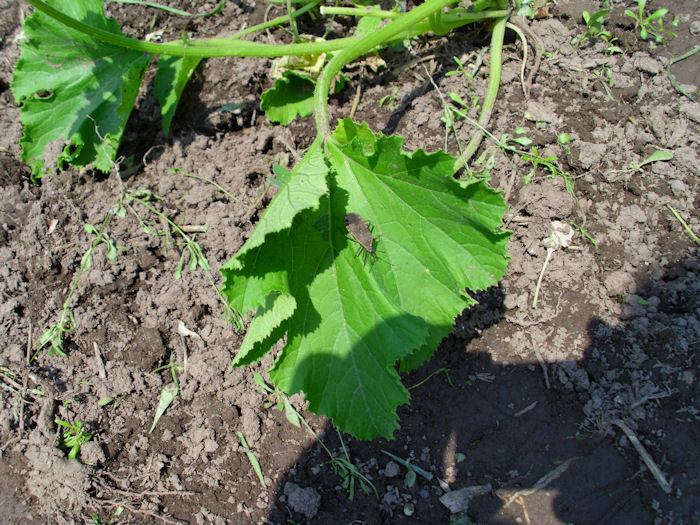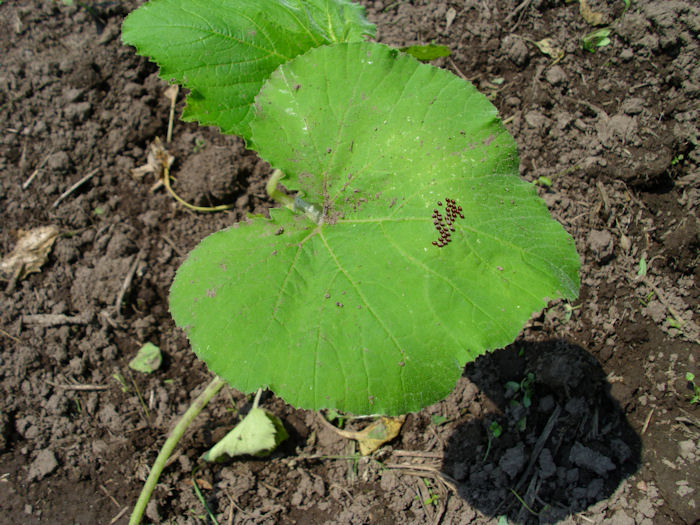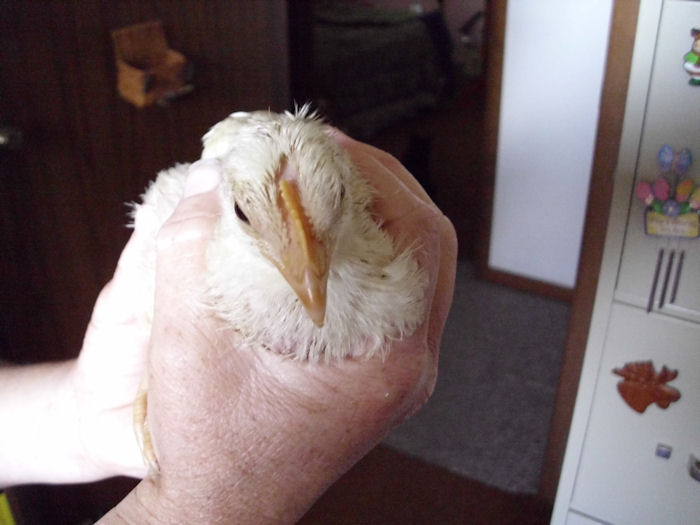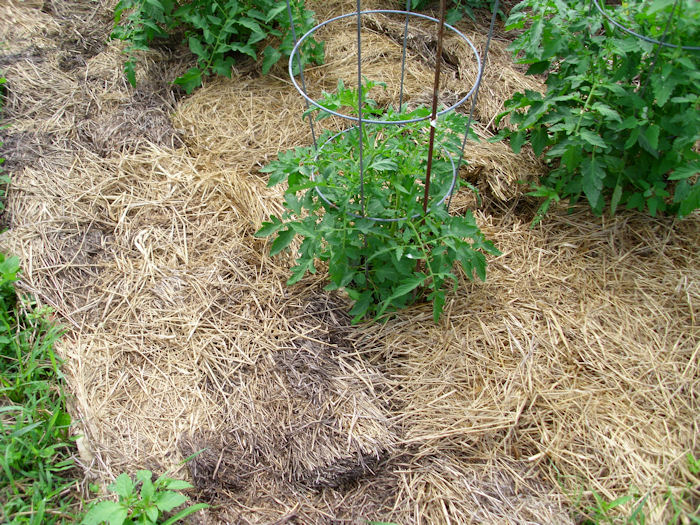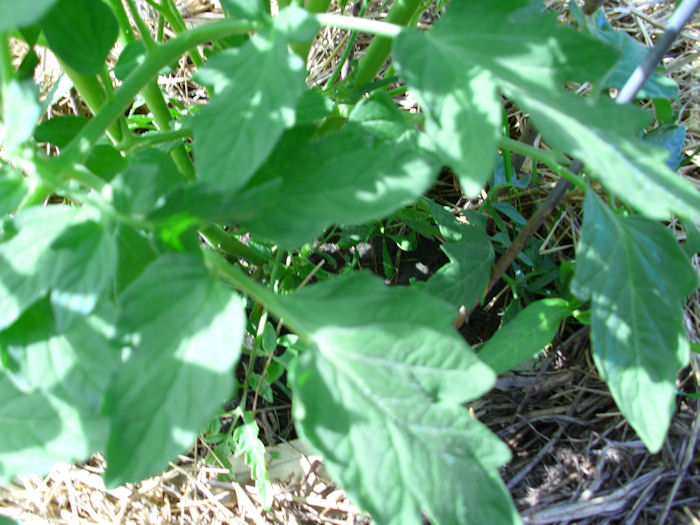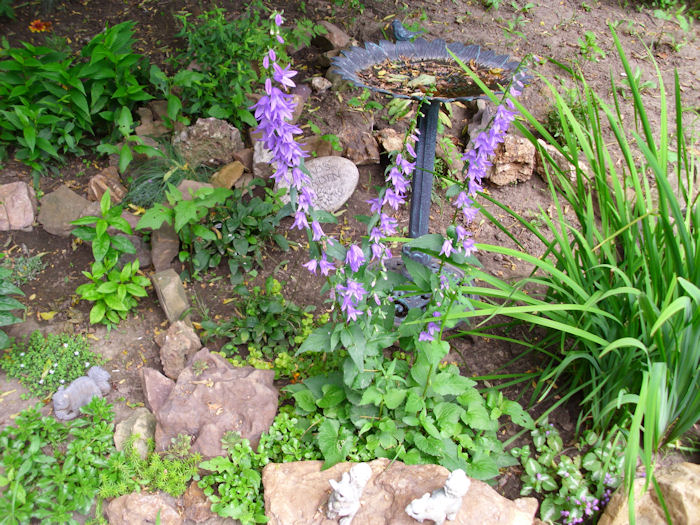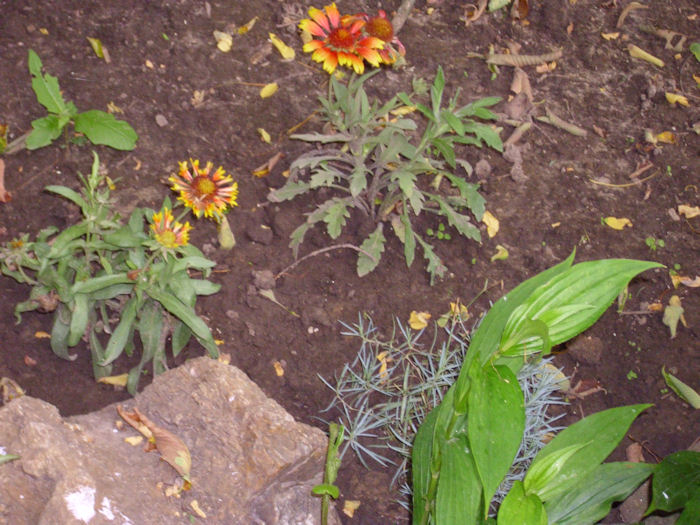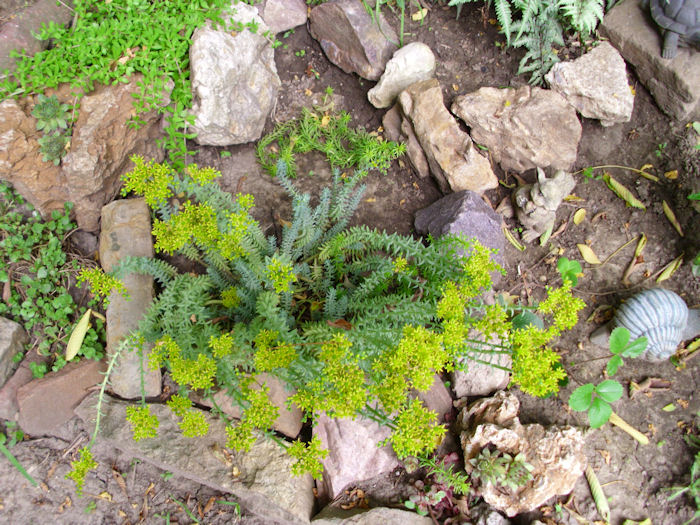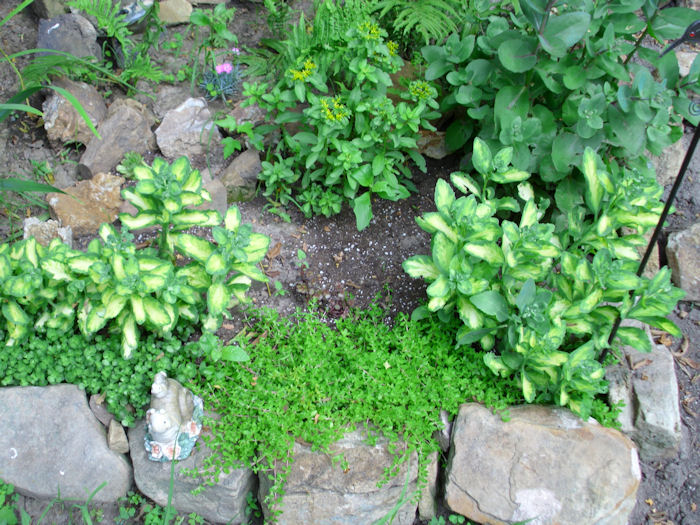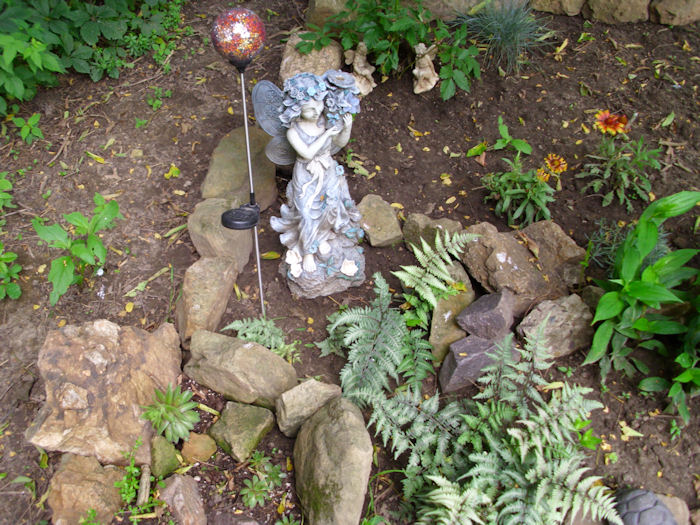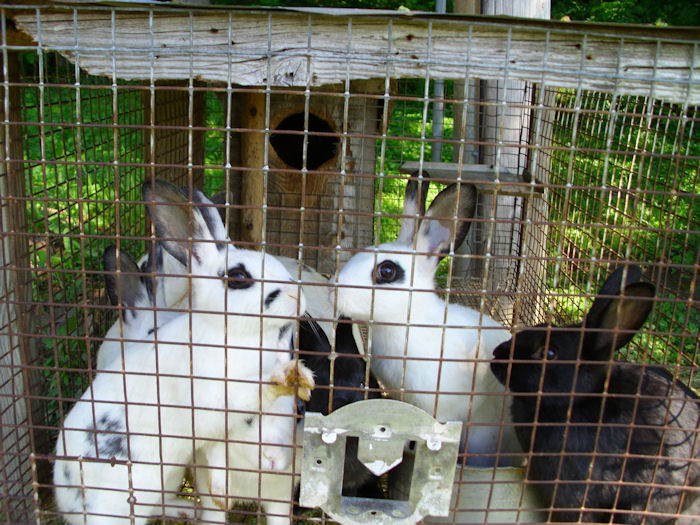You may have noticed that I use quite a few photographs in my blog entries. Some of these photographs look nice (they aren’t art by any means) and some of them–well, they didn’t quite work out as I hoped they would. Over the years I’ve grappled with unwanted shadows and close-ups that aren’t quite close enough. Focus is also a problem and fuzzy pictures never convey what you want when it comes to factual posts of the sort I create. I was recently talking with Harold Davis about my photographic ventures and he graciously offered me a copy of Creative Close-Ups. As expected, this is a self-help book for people who want to create better close-up photography, which is the sort found most often in my blog posts.
The one thing that will strike you immediately about this book is that Harold is quite talented and is possibly wasting him time writing books, but I’m extremely happy that he did. The book contains page-after-page of striking images. Some of them have been Photoshopped, something that Harold readily admits and even recommends to an extent. Because I’m looking more for better real world shots and not necessarily art, I’ll very likely not Photoshop anything on my blog from an artistic perspective (I could very well use Photoshop to enhance images to make them better convey the information I want), but the book also pointed out the usefulness of creative cropping–a technique I intend to employ from now on.
I’ll always tell you if I’ve modified a picture in some way. Otherwise, you can be sure that the picture you’re seeing on the blog is the picture as it came from the camera. I know that there is a certain amount of discussion about this topic and plan to be up front about any modifications or twiddling I perform.
Harold has convinced me that using a tripod isn’t quite the waste of time I thought it might be. The discussion starting on page 64 will probably change your mind too. There are few sections of the book that provide a purely artistic view of a topic, but you won’t find many. Instead, Harold tries to provide good solid reasons for doing things a certain way and then backs them up with stunning pictures. In fact, there isn’t a single photograph in the book where Harold has kept the technique secret–he exposes every technique for your learning pleasure. Where there are multiple ways to accomplish the task, you’ll find them listed, along with any pros or cons of that particular technique.
I found the discussion of equipment helpful in many cases. For example, in page 60 you’ll find a tip about the Lensebaby 0.42X Super Wide Angle accessory lens. However, the text isn’t formatted differently (as a Tip or a Note found in other books), so finding the information later isn’t as easy as it could be. In addition, there isn’t any picture of the lens taken apart so that I can see what he’s talking about. The information is probably quite helpful, but it’s less useful than it could be due to a lack of pictorial backup.
Overall, the book is more focused on technique, than on how to apply the technique–the discussions of equipment left me scratching my head and I ended up researching the information on my own online and found many new pieces of equipment such as the DJI OM4 that is used for smartphone photography. I also found some different lenses and tripods available. (Harold also kindly answered some of my e-mail queries.) Admittedly, there is a short list of URLs on page 234, but you won’t find a resource for every piece of equipment listed in the book. Creative Close-Ups lacks pictures of any of the equipment, so someone like me has no idea of what these devices look like. If I were to go to a store, I’d be completely lost. It would also be nice to know if there are places online to buy equipment where I won’t be cheated since the nearest camera shop is in Milwaukee (170 miles away). So, this book will tell you how to do something, but not provide you much in the way of describing the means to accomplish the task.
That said, there are many sections that make the book worth the purchase price (if the amazing photography and associated setup instructions isn’t reason enough). The section on focusing on page 68 is especially insightful. In fact, the tips on page 70 are precisely what I need to do a better job with my own photography.
This book provides me with plenty of room to grow. The discussion of focus stacking starting on page 124 will require plenty of work on my part and I may never master the technique in the same way that Harold obviously has. Still, the discussion gives me some ideas and I hope that I’ll be able to use the technique in my blog.
Creative Close-Ups provides inspiration, food for creative thought, and lots of technique. I don’t think that a complete novice will be able to use the book because Harold doesn’t explain many terms such as ISO and what an f-stop is, making notations such as ISO 100 and f/40 useless. (There is a short description of these terms on page 72, but hardly enough for the novice and not early enough in the book to make the initial discussions helpful.) However, for someone who is truly serious about taking better photographs, this book provides a lot of information–more than most people will be able to absorb in a single reading. I personally plan to read through some sections multiple times and use the book as a reference in the future. Whether this book makes me a better photographer remains to be seen. (As Harold says on page 46, “Cameras don’t take pictures; people do.”) I wish that there was more about the mechanics of performing these amazing tasks and better descriptions of the equipment the author used, but that may be asking too much out of a single book on a complex topic. Overall, I think the author has achieved his goals admirably and that anyone reading this book will truly be dazzled by what is possible.

